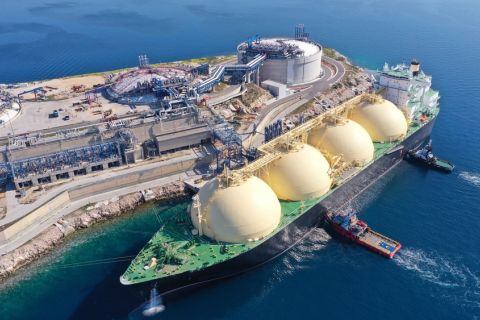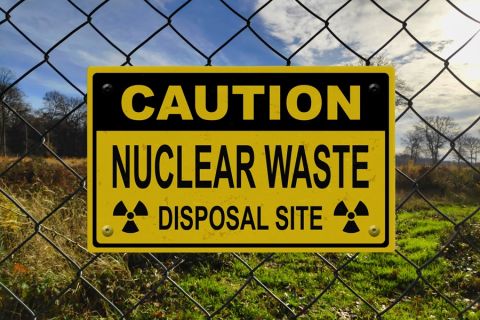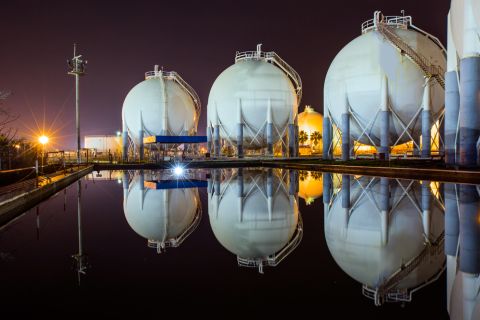Apache Corp. reported a surprise adjusted profit on Feb. 26, as the oil and gas producer benefited from higher output at its shale assets in the Permian Basin that helped counter lower natural gas prices.
Production from the Permian, the largest U.S. oil field and the center of the country’s shale industry, rose 13% to 288,043 barrels of oil equivalent per day (boe/d), while total production rose marginally to 487,202 boe/d.
The Permian and Bakken regions have been the biggest drivers of the shale boom that has helped make the United States the biggest oil producer in the world.
Apache said it plans 2020 capex between $1.6 billion and $1.9 billion, the midpoint of which is 26% lower than its 2019 capex, as investors push for more returns against the backdrop of falling prices.
The company, however, took a $2.7 billion charge related to its assets, including Alpine High and some assets of its pipeline business Altus Midstream.
The company has reduced drilling activity at the Alpine High Field in a remote corner of the Permian Basin and has started reorganizing operations to save costs.
However, the Permian asset has required enormous investment in pipeline infrastructure and delivers mostly natural gas at a time when prices are at their lowest in more than two decades.
On an adjusted basis, the company earned 8 cents per share, compared to analysts’ estimates of a loss of 6 cents per share, according to IBES data from Refinitiv.
In the year-earlier quarter, the company took impairment charges related to its assets in the North Sea, Gulf of Mexico, Anadarko Basin and Egypt.
The Houston-based company’s net loss attributable to common stock widened to $3 billion, or $7.89 per share, in the fourth quarter ended Dec. 31, from $381 million, or $1 per share, a year earlier.
Recommended Reading
CEO: Linde Not Affected by Latest US Green Subsidies Package Updates
2024-02-07 - Linde CEO Sanjiv Lamba on Feb. 6 said recent updates to U.S. Inflation Reduction Act subsidies for clean energy projects will not affect the company's current projects in the United States.
Global Energy Watch: Corpus Christi Earns Designation as America's Top Energy Port
2024-02-06 - The Port of Corpus Christi began operations in 1926. Strategically located near major Texas oil and gas production, the port is now the U.S.’ largest energy export gateway, with the Permian Basin in particular a key beneficiary.
The Problem with the Pause: US LNG Trade Gets Political
2024-02-13 - Industry leaders worry that the DOE’s suspension of approvals for LNG projects will persuade global customers to seek other suppliers, wreaking havoc on energy security.
BWX Technologies Awarded $45B Contract to Manage Radioactive Cleanup
2024-03-05 - The U.S. Department of Energy’s Office of Environmental Management awarded nuclear technologies company BWX Technologies Inc. a contract worth up to $45 billion for environmental management at the Hanford Site.
Belcher: Our Leaders Should Embrace, Not Vilify, Certified Natural Gas
2024-03-18 - Recognition gained through gas certification verified by third-party auditors has led natural gas producers and midstream companies to voluntarily comply and often exceed compliance with regulatory requirements, including the EPA methane rule.




